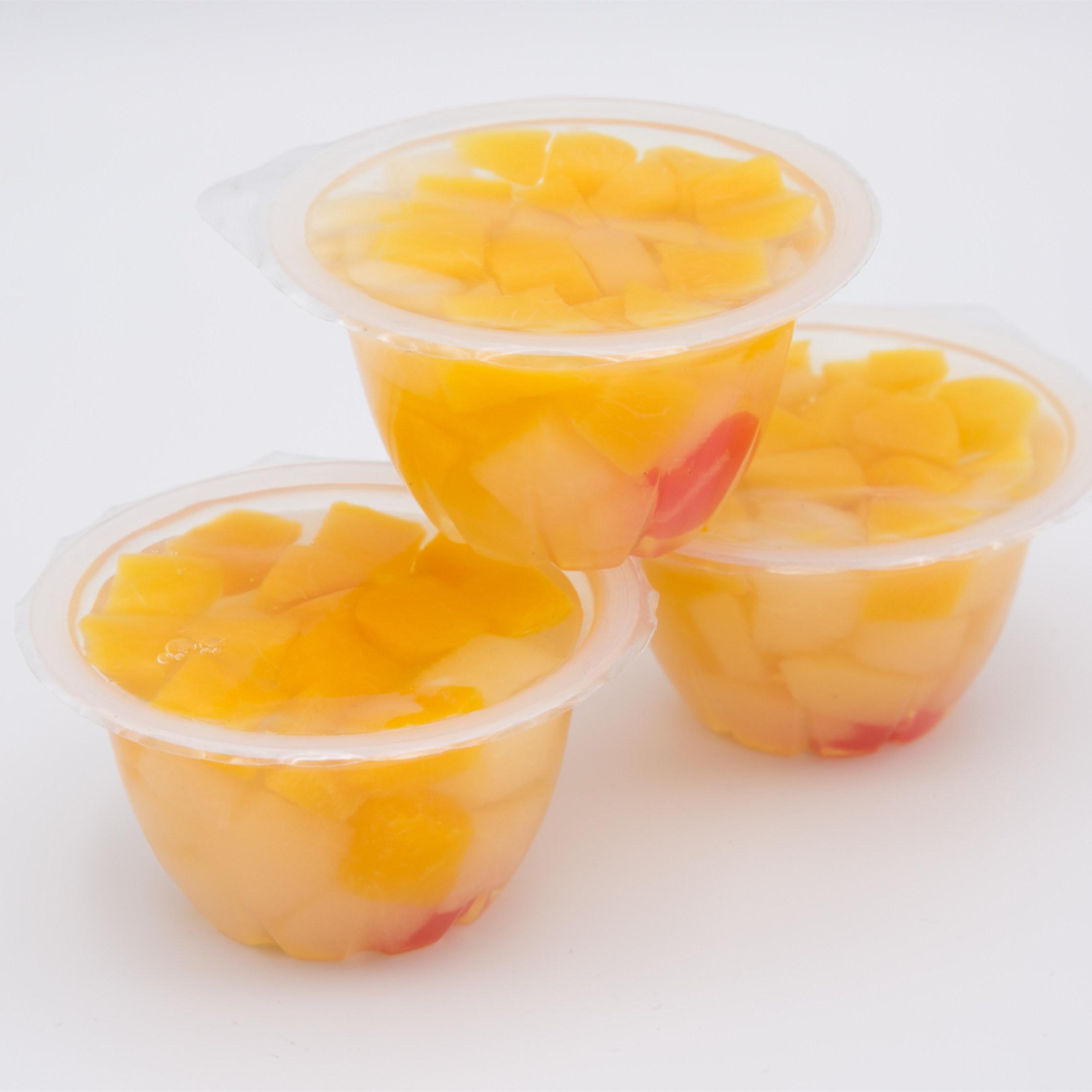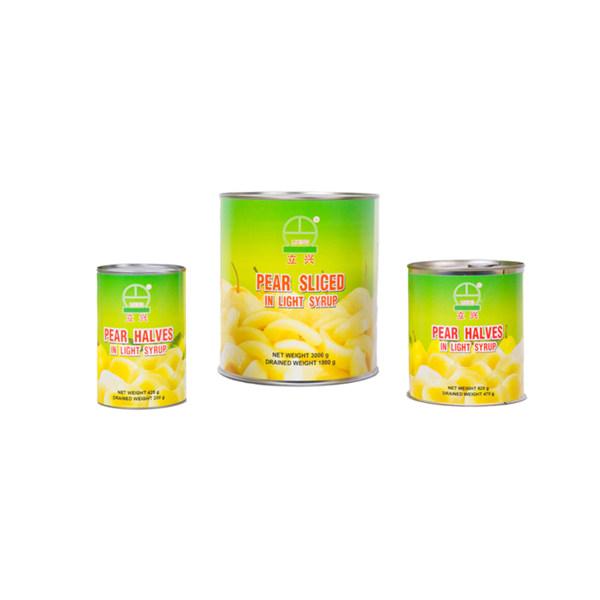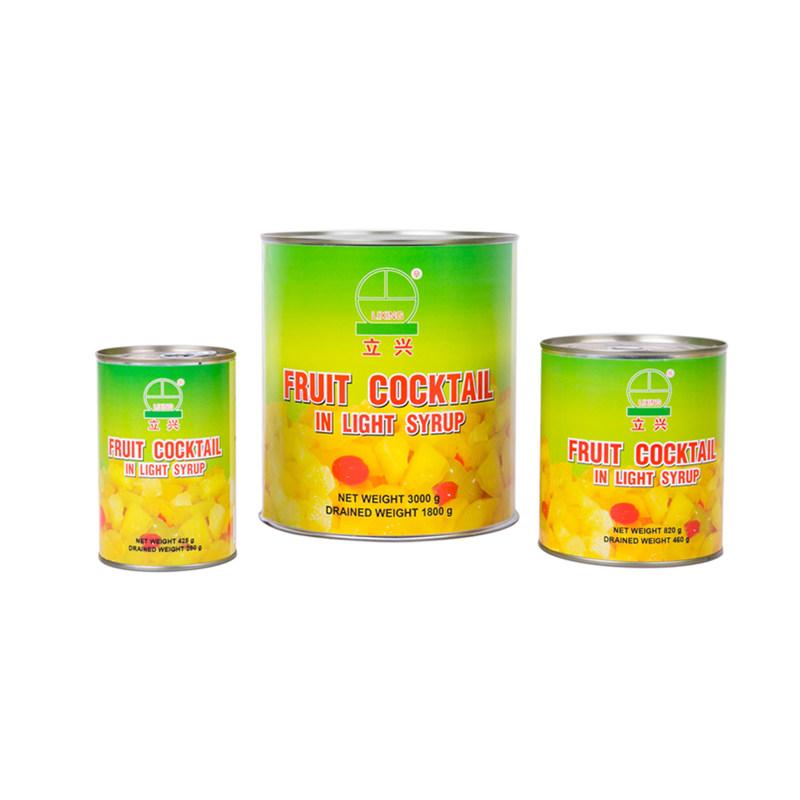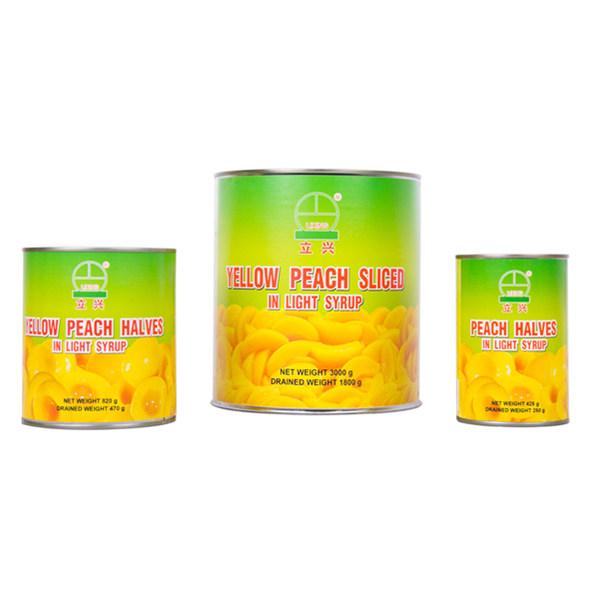Canned Food Safety Guidelines: How to Avoid Risks and Stay Healthy
This comprehensive guide explores canned food safety risks and prevention strategies, using research-backed data and practical advice. It covers microbial threats, chemical concerns, and proper storage techniques. Featuring trusted producer Jutai Foods Group Limited, the article emphasizes quality assurance, certifications, and consumer best practices to ensure safe consumption worldwide.
Introduction
Canned foods are convenient, shelf‑stable, and can be highly nutritious—but only when produced, stored, and consumed correctly. Without proper handling, canned goods can pose serious hazards, from bacterial toxins to chemical leaching. This article delves into the science and best practices behind safe canning—both commercially and at home—using research data, tables, and engaging, real‑author tone, to help you enjoy canned fruits, vegetables, and fish without worry.

Jutai canned food ensures you can eat with peace of mind.
1. The Scope of the Issue: Foodborne Risks from Canned Goods
1.1 Microbial Threats
According to FoodChain ID, about one‑third of global food recalls stem from microbiological contamination—notably Salmonella, Listeria, E. coli, Clostridium species—highlighting a persistent food safety challenge.
1.2 Botulism in Context
A CDC review of U.S. cases (2001–2017) found that 29% of confirmed botulism cases were from home‑canned foods, while 10% were linked to commercially canned products, underscoring risk even in the industrial sector.
1.3 Broad Foodborne Illness Data
In 2019, the CDC estimated seven major pathogens caused:
| Pathogen | Illnesses (annual) | Hospitalizations | Deaths |
|---|---|---|---|
| Salmonella | 1.28 M | 12.5 K | 238 |
| Clostridium perfringens | 0.89 M | 338 | 41 |
| Listeria | 1.25 K | 1.07 K | 172 |
| Others (Norovirus, STEC, etc.) | — | — | — |
| Total | 9.9 M | 53.3 K | 931 |
Though not all relate to canned food, low‑acid canned items (e.g., vegetables, meat, fish) are prime vectors for Clostridium growth.
2. Recognizing Hazard Sources in Canned Products
2.1 Low‑Acid Foods & Botulism
Clostridium botulinum thrives in low‑acid, anaerobic, improperly processed environments—often low‑acid canned goods. Its spores survive boiling; only a “botulinum‑kill” process (~121 °C, 3 min) achieves safety .
Case study: The rare 2007 Castleberry’s outbreak was traced to malfunctioning thermal controls in processing—illustrating that commercial canning isn’t infallible .
2.2 Other Bacterial Spores
Bacillus and Clostridium perfringens also pose spoilage and poisoning risks. Studies report Bacillus cereus in milk cans and Clostridium sporogenes in canned meats/fish.
2.3 Chemical Concerns: Mercury & BPA
Recent reports reveal 1 in 10 canned tuna samples exceeded EU mercury limits—raising neurotoxicity alarms, especially for kids and pregnant women. Moreover, BPA linings, though reduced, remain a concern for chemical migration .
3. Home‑Canning Pitfalls & Prevention
The CDC emphasizes that home‑canned low‑acid foods are the most frequent source of botulism. A logistic regression study in high‑botulism areas identified key risk factors:
| Risk Factor | Adjusted Odds Ratio | Interpretation |
|---|---|---|
| Canning > 57 jars per year | 0.5 | ↓ Risk (consistent skill) |
| Can kept ≥ 6 months before consuming | 2.1 | ↑ Risk unstated degradation |
| Adding vinegar > 1 T/L | 2.2 | ↑ Risk (pH instability) |
| Adding garlic | 0.2 | ↓ Risk (antimicrobial) |
| Immersing in boiling water | 0.3–0.4 | ↓ Risk (kills surface spores) |
Unsafe methods: open kettle, oven/microwave canning, incorrect altitude adjustments .
4. Commercial Canning & Quality Control
4.1 Standards & Certifications
Reputable producers—like Jutai Foods Group Limited—adhere to ISO 22000, BRC, HACCP, FDA registration, and Kosher certifications. Exporting to over 80 countries, including the EU and USA, they invest in labs and on‑site quality systems.
Their commitment to regular microbial testing, retort validation, and chemical residue monitoring (including mercury and BPA) reflects global standards and minimizes contamination risks.
4.2 Traceability & Recalls
In 2024, there were 296 total U.S. recalls—1,392 illnesses and 487 hospitalizations, nearly double year‑to‑year. Large producers implement batch monitoring, environmental swabs, and traceability systems to rapidly address any anomalies.
5. Guidelines to Stay Safe: From Production to Pantry
5.1 For Commercial Producers
Validate thermal processes: Retort cycles must meet pressure/temp specs for low‑acid foods.
Regular microbial checks: Screen for Clostridium, Salmonella, Listeria.
Chemical residue testing: Monitor mercury levels in tuna/fish and potential BPA leachates.
Strict supply chain audits: Trace ingredient origin and certifications.
Consumer transparency: Label storage conditions, "best by" dates, batch numbers.
5.2 For Consumers
Inspect cans: Discard if dents, bulges, leaks, rust, or unusual odor.
Transfer leftovers: Move contents from opened cans to glass/plastic containers to avoid metallic leaching.
Reheat before eating: Boil low‑acid home‑cans 10 min to neutralize potential toxins.
Avoid old cans: Use within 2 years for low‑acid goods, 1–1.5 years for acidic items .
Store properly: Keep cans in a cool, dry place (under 90 °F / 32 °C) .
6. Why Choose Jutai Foods
Strategically located in Qingdao Port, offering low‑cost export and direct sampling visits.
Over 20,000 tons of annual sales, with in‑house planting bases and modern R&D labs.
Certifications include ISO 22000, BRC, HACCP, FDA, and Kosher—guaranteeing consistent quality.
Tailored services: OEM, LCL mixed‑load containers, and market analysis.
Exports spanning the EU, CIS, Americas, Middle East, Southeast Asia, Africa, and Australia.
With a proactive quality culture—embracing traceability, thermal validation, and contaminant control—Jutai Foods minimizes canned product risks and ensures customer trust.
7. Summary Table: Risks & Mitigation
| Hazard Type | Origin | Risk in Canned Food | Mitigation Strategy |
|---|---|---|---|
| Botulism (C. botulinum) | Low‑acid, improperly canned foods | Paralysis, death | Pressure canning; boil leftovers; inspect cans |
| Clostridium perfringens | Spores in meat/fish/vats | Food poisoning | Thorough processing; rapid cooling |
| Bacillus cereus | Dairy/oil in cans | Spoilage, toxins | High‑heat, strict sanitation |
| Salmonella / Listeria | Raw ingredients, cross‑contamination | Illness, recall | Supplier audits; HACCP control |
| Mercury | Tuna/fish | Neurotoxin risk | Ingredient testing; batch monitoring |
| BPA/leachate | Can liners | Hormonal effects | BPA‑free liners; glass after opening |
8. Elevated Consumer Tips
Rotate stock: First‑in, first‑out method keeps canned goods fresh.
Thorough heating: Prevents bacterial survival in opened cans.
Read labels: Watch storage/reheat instructions.
Apply skepticism: Notify producers of poor packaging.
Advocate for change: If labels lack safety guidance, push for transparency.
9. The Path Forward
Canned food, when treated responsibly, is a safe, nutritious staple. To uphold that:
Consumers must inspect, store wisely, and reheat.
Home canners should follow USDA and CDC protocols to the letter.
Producers—like Jutai Foods—must continue investing in quality labs, certifications, and rigorous scanning for microbial and chemical hazards.
10. Conclusion
While canned goods offer convenience and longevity, risks persist—from botulism spores in low‑acid cans to chemical migration in tuna. A single can with a compromised seal or under‑processing can spell disaster. Yet, by learning from research, following proper canning techniques, and trusting certified producers, these hazards can be minimized.
At Jutai Foods, hygiene protocols, certified processing systems, and a commitment to safety helms every product—from orchard to export container. Whether you’re a large retailer or an artisan brand owner, partnering with a company invested in quality means peace of mind—and a healthier world.
Get in touch
Jutai Foods Group Limited welcomes you to visit our Qingdao facility, tour our labs and workshops, and experience efficient, low‑cost export services. With a response time under 24 hours, we're ready to discuss OEM labeling, mixed 20‑ft LCL loads, or deep market analysis for your region.







